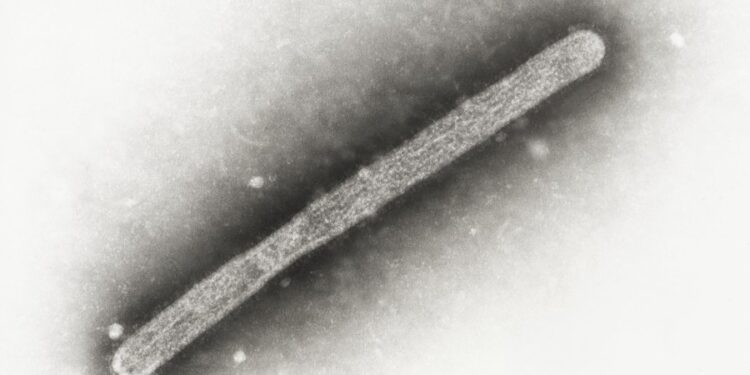
(NewsNation) — Of the 27 known bird flu cases in humans, about half have been seen in California dairy workers.
Most are fighting mild symptoms such as conjunctivitis and fever. None were hospitalized.
The Centers for Disease Control and Prevention say the current public health risk of the disease to humans is low.
However, there is urgent concern over dairy cows. In California’s Central Valley, the carcasses of dead cattle have been piling up, a phenomenon documented in videos taken by a local veterinarian.
What the CDC says about bird flu
According to the CDC, there have been confirmed infections in more than 300 herds of cattle in the U.S. in 14 states since March.
“The number of affected herds continues to grow nationally, with almost all new infections identified in herds in California,” the CDC said in an update from last week.
All available data so far suggests sporadic instances of animal-to-human spread, according to the CDC.
“CDC is watching the situation carefully and working with states to monitor people with animal exposures,” the agency said.
There are nearly 2 million dairy cows in California that produce about 20% of the national supply.
Federal and state health officials say milk found in grocery stores is safe to drink since it is pasteurized, which means it goes through a process that kills off viruses.
Researchers search for answers
Researchers have yet to figure out how, where and when the H5N1 virus is spreading at dairy farms as well as why the mortality rate among California’s dairy cows has been as high as 20%.
“We do not know nearly enough about how this virus is transmitted among animals. That’s why what we’re doing right now is really important,” Kaitlyn Sarlo Davila, a researcher with the National Animal Disease Center, said. “We are evaluating the spread on milking equipment — but then we definitely need to consider some other avenues.”
Experts say the virus has been tracked transferring from birds to cows and back again, making it harder to contain. Each transfer is believed to increase the chances of mutation in a way that makes it easier for people to get infected.







